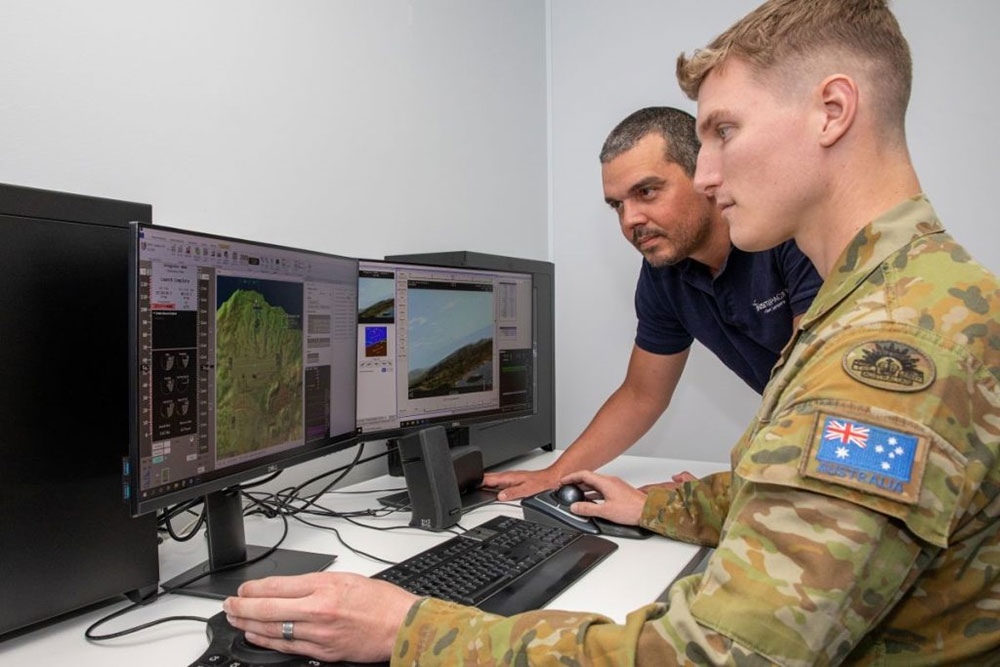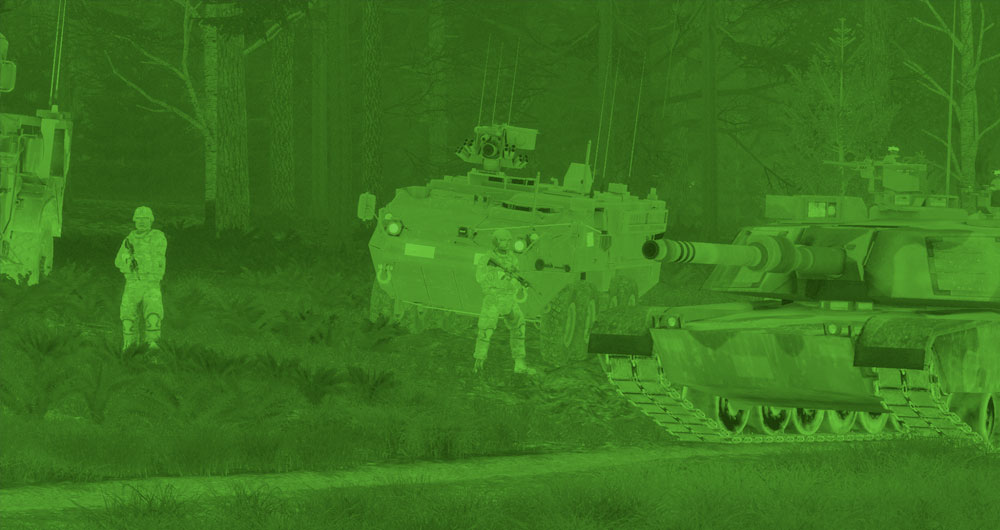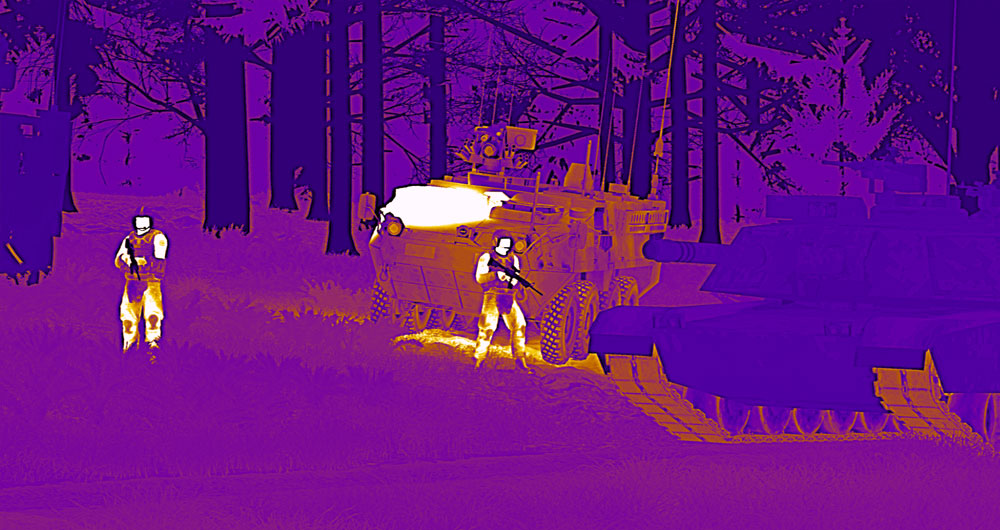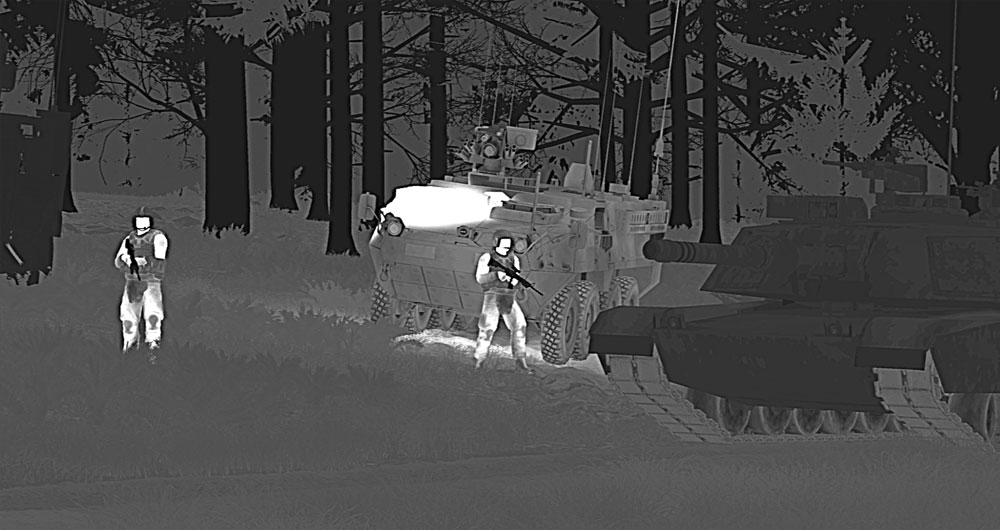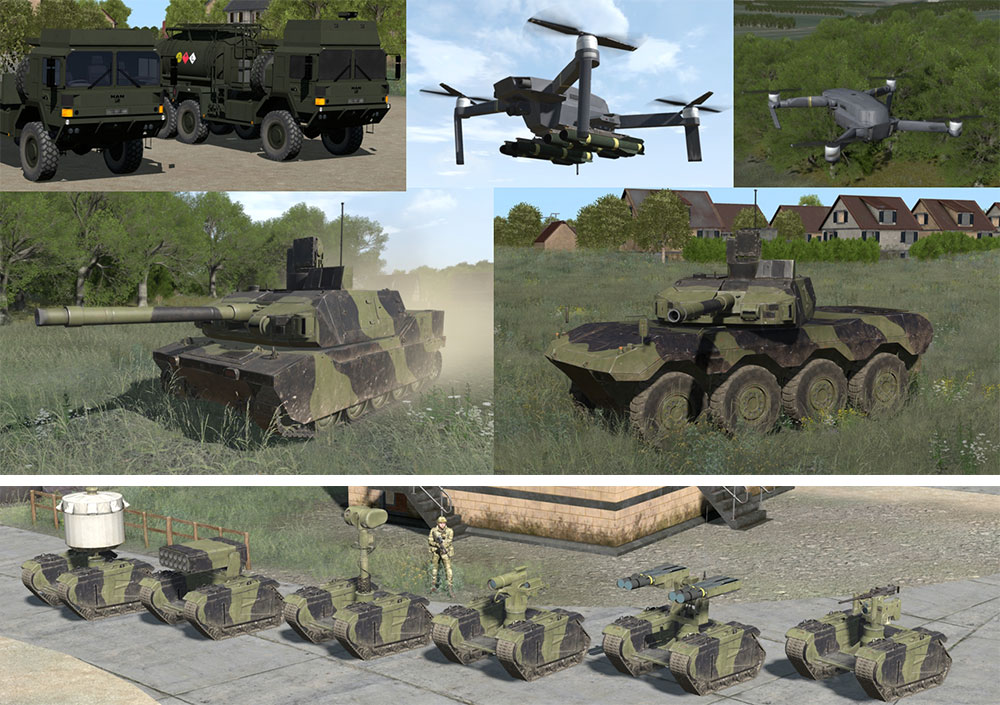By Rob Carpenter, Business Development Manager Australia / New Zealand
Uninhabited and autonomous systems, commonly known as “drones,” have been part of military warfare for a couple of decades. These systems, also known by various terms such as Uninhabited Aerial Systems (UAS), Uninhabited Ground Vehicles (UGV), and Maritime Uninhabited Systems (MUS), have seen increased utilization during the ongoing war in Ukraine. Drones have been used for intelligence gathering, surveillance, reconnaissance, and carrying out strikes against enemy targets in this conflict. The media has extensively covered the outcomes of drone strikes and the power of technology to provide situational awareness on the battlefield.
Ukraine's Minister of Digital Transformation Mykhailo Fedorov has called it a “technology war.”
Drones are our eyes, we can see the occupier very well from the top so we can adjust artillery and find and neutralise the enemy, says Ukrainian military Instructor Slava.
The everyday use of drones in warfare has led to significant changes in military thought, development, and training, with an increased focus on remote operations, new skills development, AI integration, and improved situational awareness.
VBS4 Capabilities for Drone Experimentation and Training
BISim’s virtual simulation software, VBS4, simulates a wide range of military and civilian/dual-use drone systems, both human-operated and partially or fully autonomous. These systems are being used by VBS4 customers to train and experiment with:
- system capabilities and concepts of employment;
- human-machine interaction/interfaces;
- tactics, techniques, and procedure (TTP) development;
- mission commanders, operators, and analysts training;
- training commanders to employ systems efficiently and effectively;
- training autonomous intelligence software through the provision of synthetic imagery; and
- rehearsing missions.
Did you know that VBS4 simulates over 50 drone systems covering the maritime, land, and air domains?
VBS4 includes over 50 drone models to provide numerous opportunities for more realistic and complex training. The below infographic shows some of the VBS4 drone systems for sea, air, land, and civilian dual use for you to use immediately.
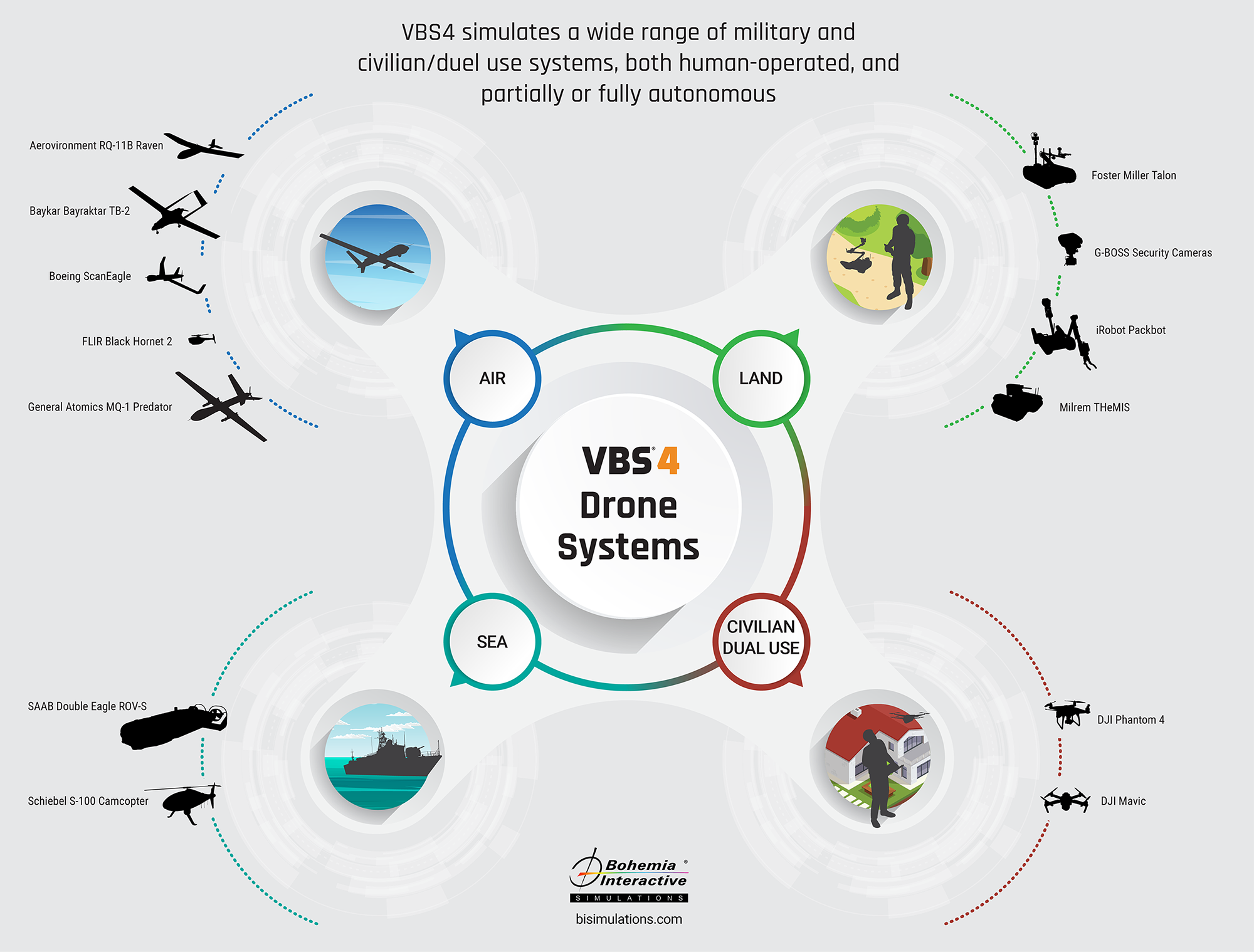
Infographic showcasing VBS4 drone systems. Download the infographic for an enlarged view.
Benefits of Using VBS4 for Drone Operations
VBS4 is widely used by military forces worldwide. With feedback from hundreds of military SMEs, VBS4’s secure software is well-accepted by its users as an ideal foundation for drone operations. Its extensive drone deployment, control, and management capabilities to support military missions and objectives make it an essential tool for users and developers. VBS4 offers numerous advantages for drone training and experimentation, including:
1. Providing a rich and complex environment for experimentation, concept development, and training
VBS4 provides a rich tactical environment perfect for recreating real-world situations where high-fidelity “clutter” is required to provide a suitable environment. VBS4 can either replicate UAS system information for desktop applications for training and experimentation, or it can be used to create a STANAG 4609 (NATO Digital Motion Imagery Standard) video stream that iscan be visualized on real ground control stations or third-party command and control systems.
2. Including a variety of sensors for real-time processing of imagery
Electro-optical sensors are the primary sensors used on drones to provide real-time targeting feedback and data for autonomous systems. VBS4 includes optical, infrared, and thermal views, giving the flexibility to switch between these views as needed.
Moreover, VBS4 has recently introduced radar capabilities and Electronic Warfare (EW) support, further enhancing the ability to emulate advanced drone sensor systems.
Example VBS4 sensor views
3. Including a variety of sensors for real-time processing of imagery
Using the VBS Software Development Kit (SDK), manufacturers can integrate real hardware systems with VBS4 to control multiple simulated drone systems, providing a virtual environment to test and demonstrate their system capabilities and train operators on the entire system loop, including command, control, and reporting processes.
4. Training AI for autonomous systems using VBS4 simulation
Autonomous systems can be tested in the VBS4 simulation, algorithms evaluated, and then integrated into higher-level tactical scenarios to understand the interactions between AI and humans. This can then be further evaluated in real life and finally refined back in the simulation to incorporate capabilities that are too expensive or difficult to use real systems for.
Customer Use Cases
The use of VBS4 with its drone capabilities is only limited by the users’ operational needs or creative experimentation. The following customer use cases illustrate how VBS4 has been tailored to meet the unique needs of customers for a variety of drone system applications across different sectors, from military to civilian.
- ISR Simulation and Training | BISim
- Remotely Piloted Aircraft and Air Operations Center Training | BISim
- Unmanned Aerial Systems Training | BISim
- How militaries are using VBS4 to deploy autonomous vehicles on future battlefields
Leverage VBS4 for Your Drone Operations
VBS4’s capabilities to support your drone operations are proven by a large number of real customer use cases for experimentation, concept development, training, and mission rehearsal. VBS4 provides organizations with the ability to replicate real-world tactical scenarios in complex physical and human terrain, using a wide variety of sensors and targeting systems that are critical for drone operations. VBS4 drone operators train in a realistic environment, practicing the scenarios they encounter during actual missions. With this training, personnel gain valuable experience and knowledge, preparing for multiple scenarios, enabling them to make better decisions in real-world situations.
If you’d like a demonstration or to know more about the world of drones in VBS4, you just need to contact sales@bisimulations.com, and we’d love to show you more. To get the latest company updates and news right in your inbox, sign up for BISim's Newsletter.

